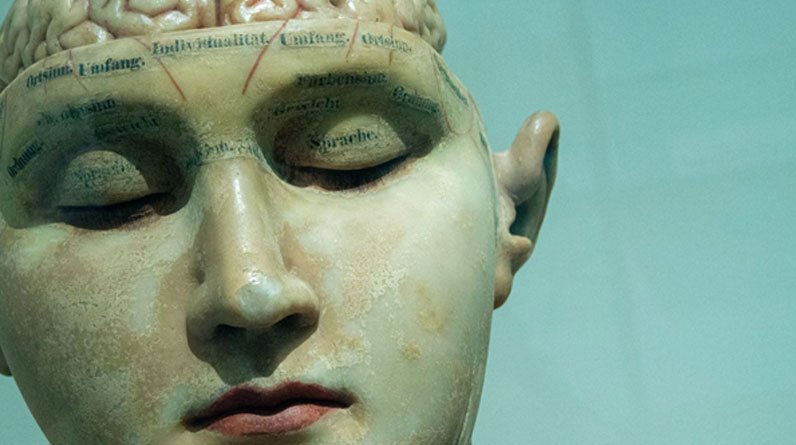
Meningitis
The meninges are the membranes that line and protect the brain and spinal cord. It is possible for the fluid around these membranes to become infected, which is a condition called meningitis.
Although meningitis is usually caused by an infection, there are non-infectious causes, including cancer, allergic reaction to drugs, and chemical irritation.
Learn how you can spot meningitis, how to treat it, and what steps you can follow to reduce the risk of developing this condition.
Types of Meningitis
Let’s start with the types of meningitis. Viral and bacterial infections are the principal causes of meningitis, but there are other origins to consider, including fungal infection or meningitis caused by parasites.
Viral Meningitis
Most cases of meningitis are of a viral nature. Coxsackievirus A, coxsackievirus B, and echoviruses account for 85 percent of viral meningitis cases, especially in the summer and fall.
Interestingly enough, these viruses infect up to 15 million Americans per year, but only a small percentage go on to develop the signs of meningitis.
Other viruses that can cause meningitis include:
- Influenza
- Mumps
- Measles
- Herpes
- HIV
Viral meningitis often can improve without medical intervention.
Bacterial Meningitis
This type of meningitis is fatal if left untreated. It is also very contagious.
The types of bacteria which cause meningitis include:
Streptococcus pneumoniae, which is found in the nasal cavity, sinuses, and respiratory tract. This bacteria can cause what is known as pneumococcal meningitis.
Neisseria meningitidis is spread through saliva.
Haemophilus influenzae is spread through respiratory droplets.
Listeria monocytogenes, which comes from food.
Staphylococcus aureus, a bacteria of the skin and the respiratory tract.
Non-Infectious Meningitis
This type of meningitis is caused by medical conditions or treatments—it’s not an infection.
Lupus, head injury, cancer, and brain surgery are only some of the conditions that can cause non-infectious meningitis. Specific medications can also increase the risk of this problem.
How to Prevent Meningitis
Avoiding getting meningitis infection is a lot easier today, thanks to the introduction of vaccines. Children usually receive the first dose between 11 and 12 years, followed by a booster shot five years later. People between the ages of 16 and 21 are most at risk of contracting meningitis.
If you’ve been exposed to meningitis and have not been vaccinated, you should immediately seek medical attention.
Other than getting vaccinated, practicing good hygiene can also decrease your risk of exposure. Furthermore, avoid sharing drinks, eating utensils, or engaging in any other activities in which you can come in contact with another person’s saliva.
Paying attention to your overall health, especially if you’re at increased risk, is vital to preventing meningitis. Thus, if you maintain a healthy lifestyle, you decrease your chances of developing the disease significantly.
It is also recommended that you obtain vaccinations before you travel to regions where the disease is common. For example, there are frequent outbreaks in sub-Saharan Africa.These five groups are also considered more at risk than the rest of the population, and they are the best groups to obtain vaccination:
- College freshmen who haven’t been vaccinated.
- Those planning on traveling to countries where the disease is widespread.
- Those without a spleen or those with a compromised immune system.
- Laboratory workers who work specifically with N. meningitidis.
- People who have a disorder called complement component deficiency.
How to Diagnose Meningitis
As always, your doctor will look into your medical history and perform a physical exam and look for certain signs:
- Fever
- Neck stiffness
- Increased heart rate
- Reduced consciousness
If their findings are inconclusive, they may consider doing a lumbar puncture, also known as a spinal tap.
Other common tests include:
- Blood cultures
- Complete blood count
- X-rays
- CT scan
Another tell-tale sign is a rash. But to establish if it is a meningitis rash, your doctor may roll a glass over the rash. If it doesn’t fade under the pressure, it is consistent with a meningeal rash.
Treatment of Meningitis
Treatment depends on the cause of your meningitis.
Bacterial meningitis requires immediate medical intervention in the form of hospitalization and intravenous antibiotics.
Viral meningitis will usually resolve with supportive treatment.
Antifungal agents are utilized to manage fungal meningitis.
Parasitic meningitis treatment is somewhat limited due to the difficulty in treating the parasites directly. Often these cases will improve by supportive treatment of the symptoms caused by the condition.
Some viral meningitis cases will require antiviral medication treatment.
Final Thoughts
There’s a lot of angst about meningitis, which is understandable since bacterial meningitis is so deadly. Even with appropriate treatment, these people can still have bad outcomes. Thus, it’s even more important to get vaccinated and maintain good hygiene.
Luckily, most cases of meningitis are viral in nature and usually improve with supportive care leading to better outcomes.






